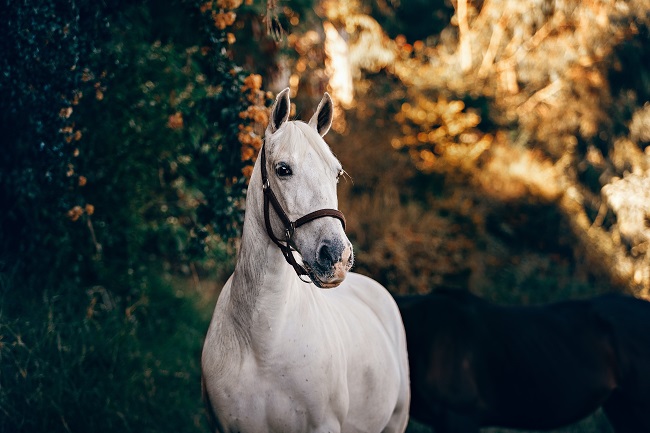
Communication between humans and horses is a fascinating and essential aspect of horsemanship. Just as people learn to understand and respond to verbal cues, horses also possess their own form of vocabulary, relying on body language, vocalizations, and actions. In this article, we’ll explore how to assess and enhance your horse’s vocabulary to create a more harmonious and effective partnership.
Understanding Equine Communication
Horses are incredibly perceptive animals with a keen ability to read human body language and tone of voice. Likewise, they communicate with each other through various means, including vocalizations, facial expressions, and body movements. Understanding your horse’s natural communication methods is crucial to improving your interactions with them.
Assessing Your Horse’s Vocabulary
To determine your horse’s current vocabulary, pay attention to the following aspects:
Verbal Cues: Observe how your horse responds to verbal commands such as “walk,” “trot,” “canter,” and “whoa.” Note their level of understanding and accuracy.
Body Language: Study your horse’s reactions to your body language. Does your horse respond to shifts in your weight, posture, and gestures? This includes cues like turning, stopping, and backing up.
Rein Aids: Evaluate your horse’s responsiveness to rein aids. Can you guide them left or right with light pressure on the reins? How well do they understand subtle cues?
Leg Aids: Assess how well your horse comprehends leg cues for moving forward, slowing down, and changing gaits. Observe their sensitivity to your leg pressure.
Voice Tone: Pay attention to how your horse reacts to changes in your voice tone and pitch. Horses can often distinguish between a calm, soothing voice, and a more assertive command.
Environmental Cues: Notice how your horse reacts to specific environments or objects. For instance, they might associate the sound of a gate opening with feeding time.
Expanding Your Horse’s Vocabulary
Once you’ve assessed your horse’s current vocabulary, you can work on expanding it:
Consistency: Be consistent in your cues and commands. Use the same words, gestures, and cues every time to help your horse associate them with specific actions.
Positive Reinforcement: Reward your horse for correct responses. Praise, petting, and treats can reinforce their understanding of commands.
Gradual Progression: Introduce new cues gradually. Start with simple commands your horse already knows and then gradually introduce more complex ones.
Clear Signals: Focus on clear and distinct signals for each command. Avoid sending mixed messages that can confuse your horse.
Repeat and Reinforce: Practice regularly to reinforce your horse’s understanding. Repetition helps solidify their responses.
Training Techniques: Consider using positive reinforcement training techniques, which emphasize rewarding desired behavior rather than punishing unwanted behavior.
Professional Guidance: If you’re unsure how to proceed or encounter difficulties, seek guidance from a professional horse trainer. They can offer valuable insights and personalized advice.
Building Trust and Connection
Enhancing your horse’s vocabulary isn’t just about giving commands; it’s about building trust, mutual respect, and a strong bond. When your horse recognizes and responds to your cues effectively, it indicates a deep level of understanding and communication.
Remember that every horse is unique, and their learning pace may vary. Be patient and attentive to your horse’s responses and celebrate their progress. By continually improving your horse’s vocabulary, you’re fostering a stronger partnership that benefits both of you in various equestrian activities.
Related Articles & Free Email Newsletter Sign Up
How to Recognize the Signs of an Ill-Fitting Bit for Your Horse
How to Synchronize Your Horse During Training




Comment here